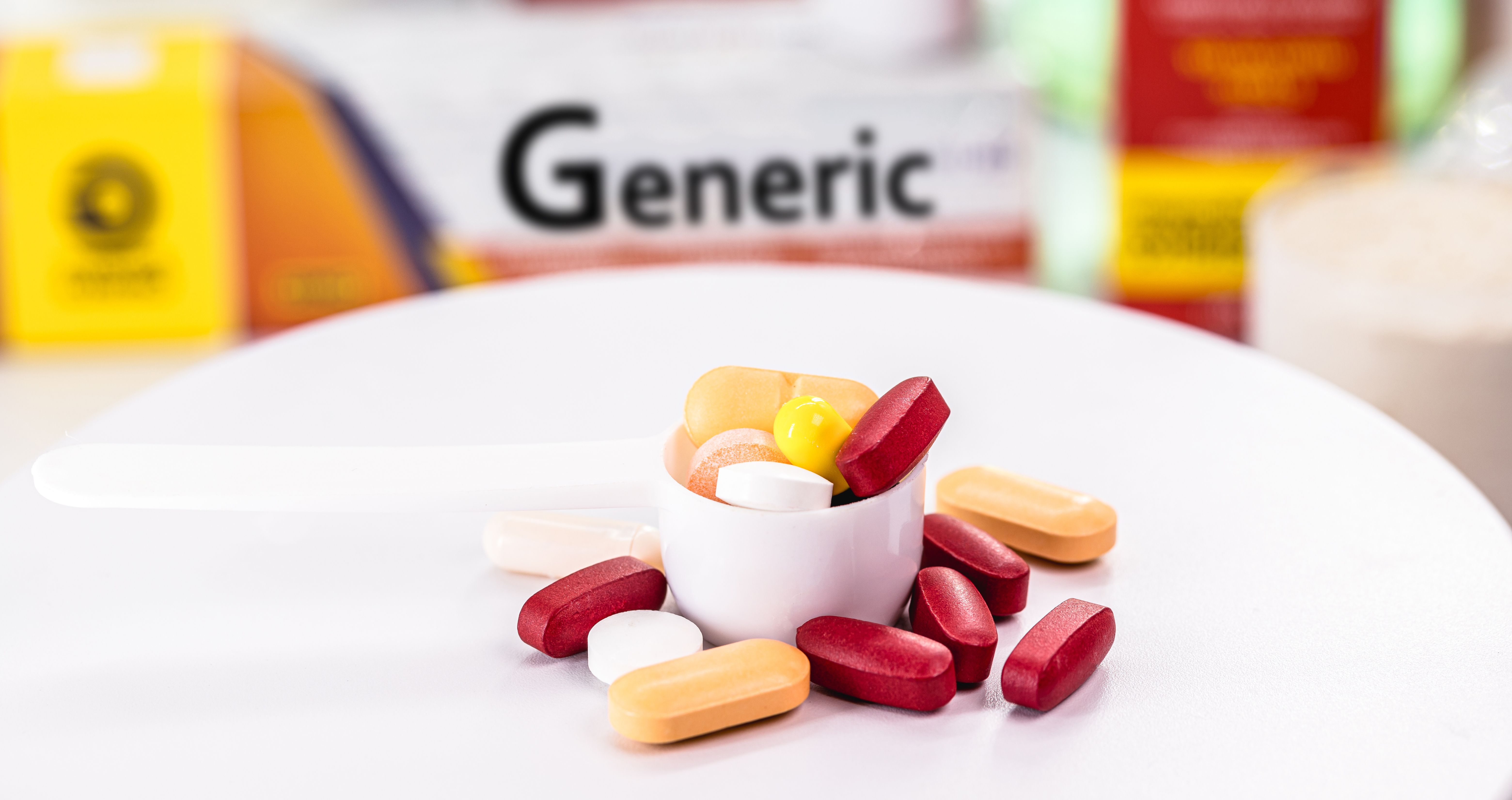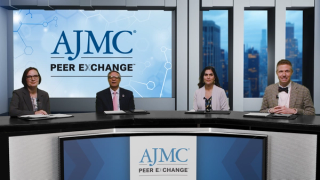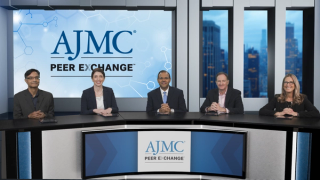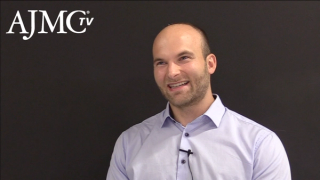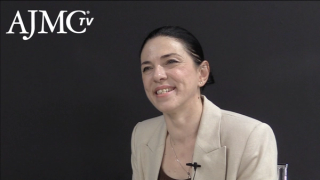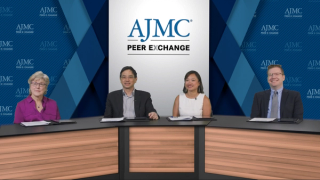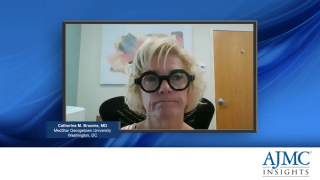
Clinical
Latest News

Latest Videos

CME Content
More News

A dietary fiber intake between 14.4 and 26.7 g reduced the risk of osteoarthritis, but an intake above this dose was not significantly protective.

Two posters presented at the 2025 American Academy of Dermatology Annual Meeting reaffirmed the impact of ruxolitinib cream (Opzelura; Incyte) in atopic dermatitis (AD), while late-breaking research highlighted its potential efficacy in prurigo nodularis (PN).

Amid limited access to pediatric dermatologists nationwide, pediatric patients of color with atopic dermatitis (AD) are particularly affected by social determinants of health, further impacting their outcomes.

Panelist discusses how health systems can improve communication and coordination among specialists through integrated care models and digital platforms. Centers of Excellence promote health equity by providing specialized care in underserved areas, reducing disparities. A unified approach ensures efficient, patient-centered care, enhancing outcomes for all.

This systematic literature review and pooled rates analysis investigated the standard of care for patients with heart failure in the US post hospital discharge.

Optimizing telehealth during public health emergencies to minimize in-person appointments puts less burden on patients and may lead to better outcomes, according to Chun Chao, PhD, MS, of Kaiser Permanente Southern California.

A study investigated the incidence of postoperative urinary tract infections (UTIs) in patients undergoing spinal fusion for deformities, finding that patients with more than 12 levels fused had the highest UTI rates.
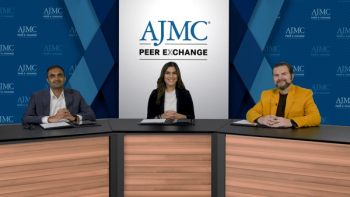
Panelists discuss how recent FDA approvals for bispecific antibodies in oncology, particularly for hematologic malignancies like multiple myeloma and lymphomas, represent significant treatment advances, while highlighting expanding applications in solid tumors, autoimmune disorders, and infectious diseases as promising growth areas for this therapeutic modality.
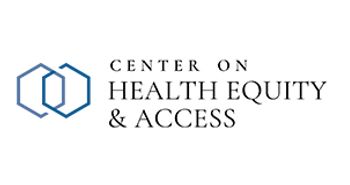
The Center on Health Equity & Access delves into the latest research, policy shifts, and expert viewpoints on advancing equity and improving access to care.

Panelists discuss how stakeholders can enhance biosimilar uptake through coordinated efforts in financial alignment, patient-centric pricing, professional education, simplified administrative processes, and collaborative data exchange.

These findings may not be generalizable to uninsured patients with ovarian cancer, who face unique barriers to care compared with insured patients.

The 2025 guideline introduces notable updates including refined recommendations for dual antiplatelet therapy, cardiogenic shock management, and secondary prevention.

Activities of daily life, education, and employment were areas of difficulty in the transition to adulthood for patients with Duchenne muscular dystrophy (DMD) or Becker muscular dystrophy (BMD), but those who had more siblings reported being more ready to transition to adult life.

Adverse physical functions were indicative of reduced survival and increased risk of immune effector cell–associated neurotoxicity syndrome (ICANS) in patients with non-Hodgkin lymphoma (NHL) previously treated with chimeric antigen receptor T-cell therapy.

Panelist discusses how organizations can justify the cost of Centers of Excellence for HS by improving patient outcomes, reducing complications, and enhancing care efficiency. Metrics for evaluating multidisciplinary care include patient satisfaction, quality of life, clinical improvements, and reduction in hospitalizations.

With the potential for future pandemics, Chun Chao, PhD, MS, emphasizes the importance of learning from the COVID-19 pandemic's impact on cancer care, particularly for patients with ovarian cancer.
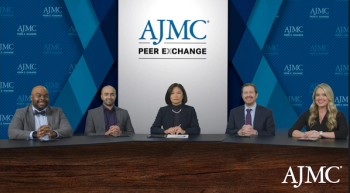
Panelists discuss how the successful management of iron deficiency anemia requires a comprehensive approach combining early detection, appropriate choice of iron formulation, careful monitoring of treatment response, and addressing barriers to care while emphasizing the importance of patient education and health care system support in achieving optimal outcomes.

Panelists discuss how expanding patient education initiatives through digital health tools, community outreach, and health care provider collaboration could improve early recognition of IDA symptoms and treatment adherence, while emerging technologies like novel iron formulations and personalized medicine approaches may further advance treatment options in the future.

An extensive library of physical activity resources will better support the different needs, capabilities, and considerations of patients with rheumatoid arthritis (RA), according to the researchers.

Myasthenia gravis is becoming increasingly common around the world, with a resulting disease burden beset by high health care resource utilization, decreased quality of life, and worsened mental health.

Perfluorohexyloctane ophthalmic solution had high treatment satisfaction in those who took it for dry eye.
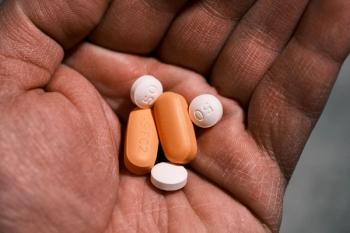
Adolescents who are treatment-naive had promising results when using dolutegravir/lamivudine as antiretroviral therapy over 48 weeks.

These findings support the claim that Medicare Advantage (MA) payments may be driven more by diagnosis and coding practices rather than differences in disease burden between MA and fee-for-service (FFS) Medicare beneficiaries.

Higher telemedicine adoption among Medicare beneficiaries was associated with a slight increase in total visits but a reduction in certain low-value tests and related spending.

On February 13, Allogene Therapeutics published new long-term follow-up data on cemacabtagene ansegedleucel, showing the investigative allogeneic chimeric antigen receptor (CAR) T-cell therapy produced durable responses in relapsed/refractory large B-cell lymphoma.




